Behavior & training
The Hardest Dog Breeds to Train: Working with Difficult to Train Dogs

How to Teach a Dog Its Name: Easy Steps for Dog & Puppy Name Training

Big Dog Breeds: The Biggest Breeds & Largest Dogs

ESA Training: Emotional Support Dog Training Essentials

Puppy Sleep Schedule: Puppy Sleep Routines for 8 Weeks and Beyond

How to Stop Puppy Biting and Nipping

How to Socialize a Dog: Dog Socialization Training
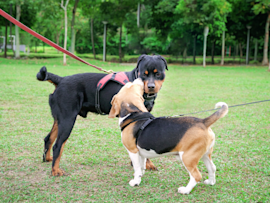
Reputable Dog Breeders: Finding a Good, Ethical Breeder

How to Train Your Puppy: The Essential Basic Dog Commands

How to Teach Your Cat to Enjoy Being Held

The Calm After The Play: How to Get Your Dog To Calm Down

Canine Scent Marking: What, Why, and Next Steps

Why Does my Dog Lick so Much? Dog Licking Explained

Calm Dog Breed: Chill Dogs & Gentle Companions
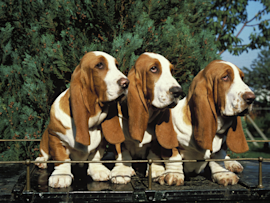
How to Mentally Stimulate Your Dog: Best Mental Exercises for Dogs
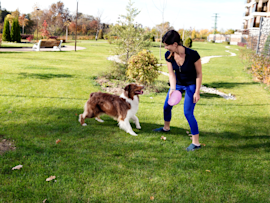
High Energy Dogs: Most Energetic and Hyper Dog Breeds
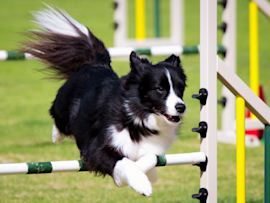
Does My Cat Have Separation Anxiety? Symptoms & Solutions

What Can I Give My Dog for Anxiety? Firework & Storm Meds for Dogs

How to Train a Dog to Sit: Training Tips for Puppies & Adult Dogs

Why Do Cats Meow? Why Your Cat May Be More Vocal Than Usual

Why Does My Dog Lick Me So Much? Why Dogs Lick

Why is My Dog Licking His Paws?

How to Register an Emotional Support Animal

Your Guide to Cat Body & Tail Language: Our Cat Body Language Chart

Cat Purring: What Does it Mean When a Cat Purrs?

Why Do Dogs Whine? Decoding Your Dog's Crying

What to Do When Your Cat is Pooping or Peeing Outside the Litter Box

Easiest Dog Breeds to Train: What are the Easiest to Train Dogs?
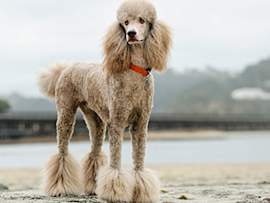
How to Stop Dog Barking: Training & Tips to Stop Puppy & Dog Barking

What's Up With My Dog's Poop Obsession?

How to Stop Pawing and Scratching

The Fabulous (and Inexpensive) Muffin Tin Game

Keeping Your Dog Calm When Guests Come to Visit

15 Basic Commands to Teach Your Dog
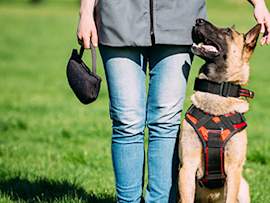
Can cats be service animals?
